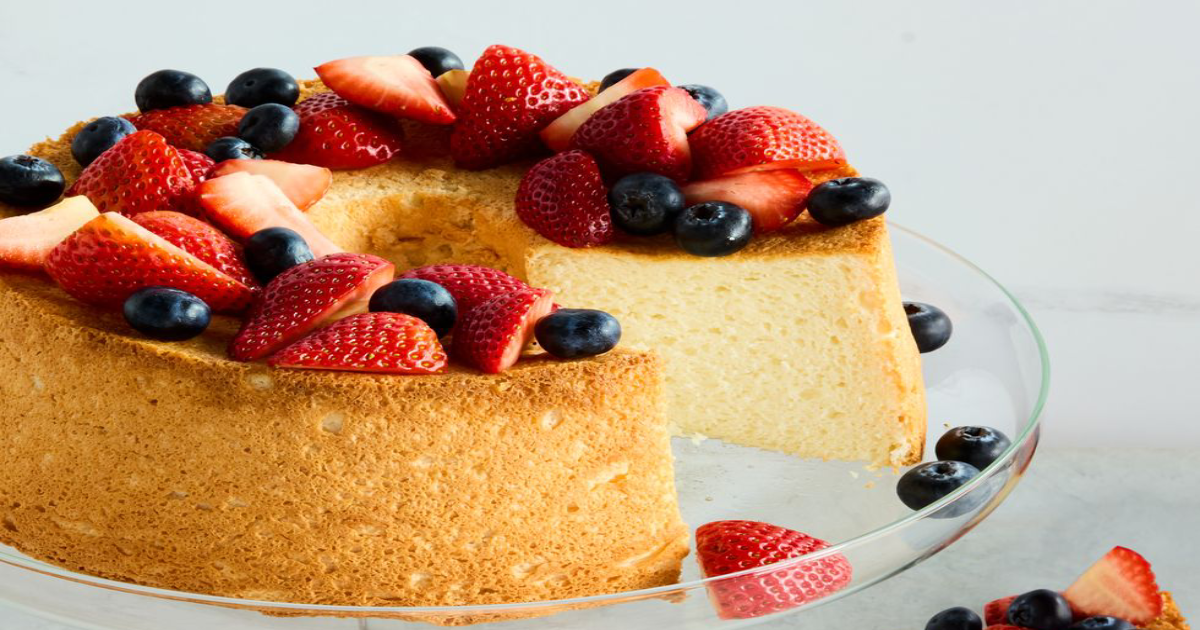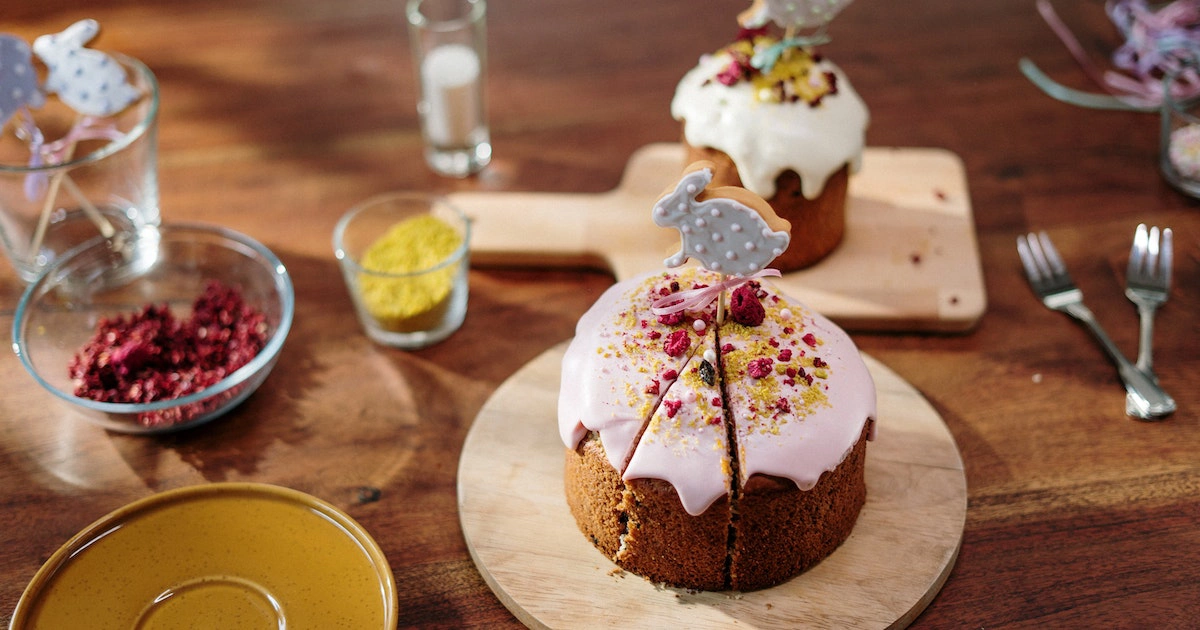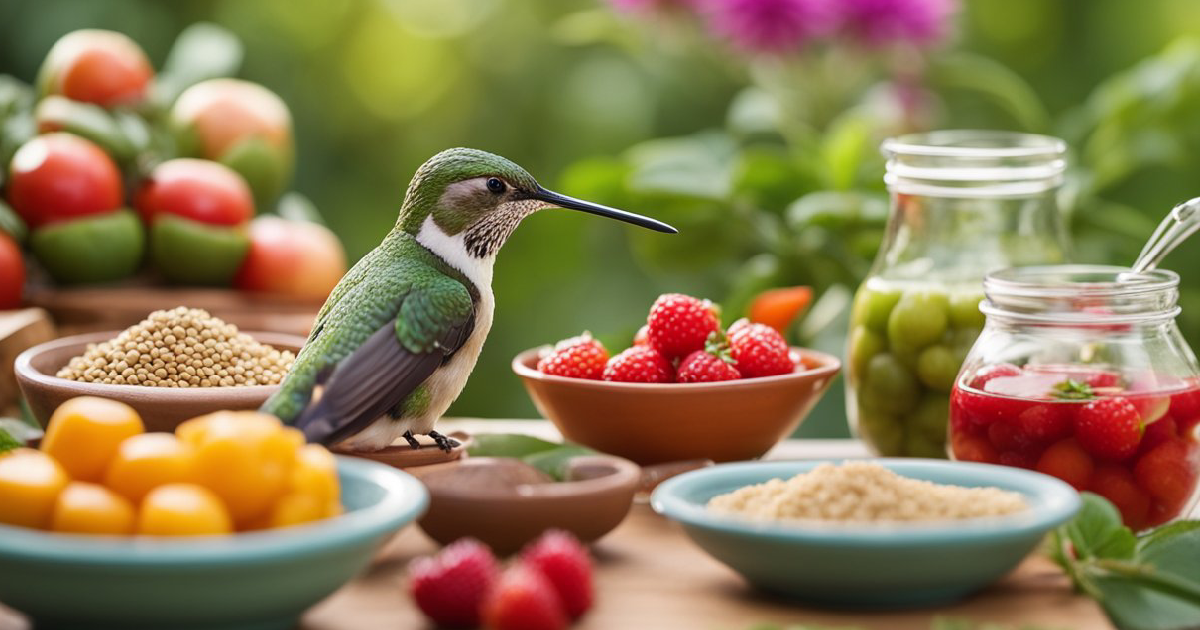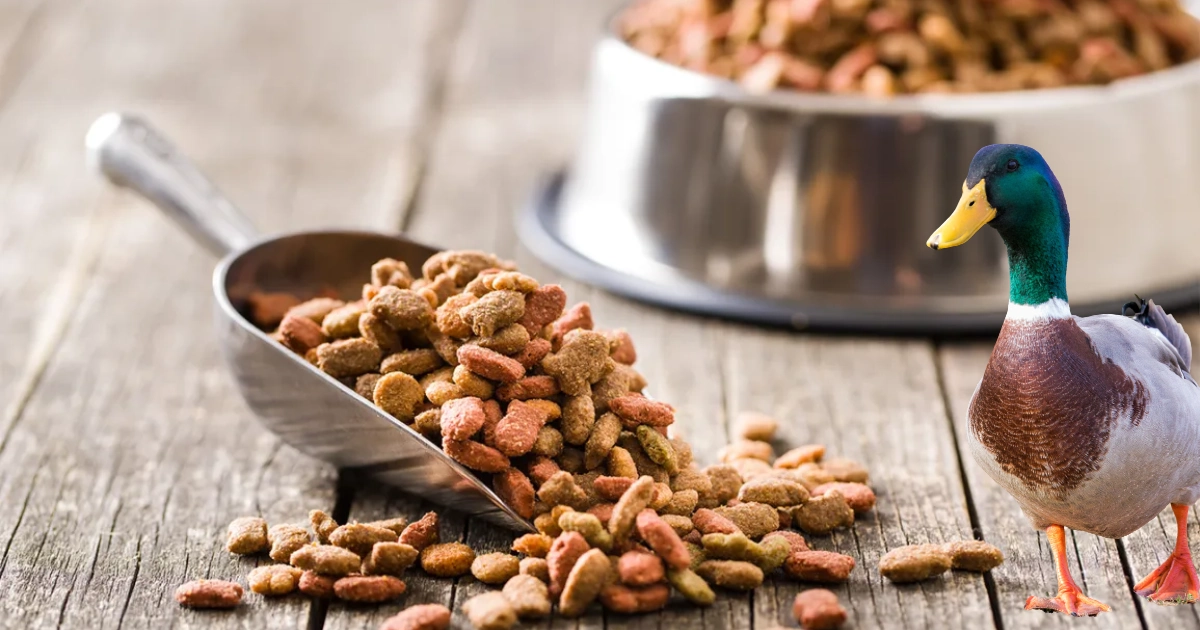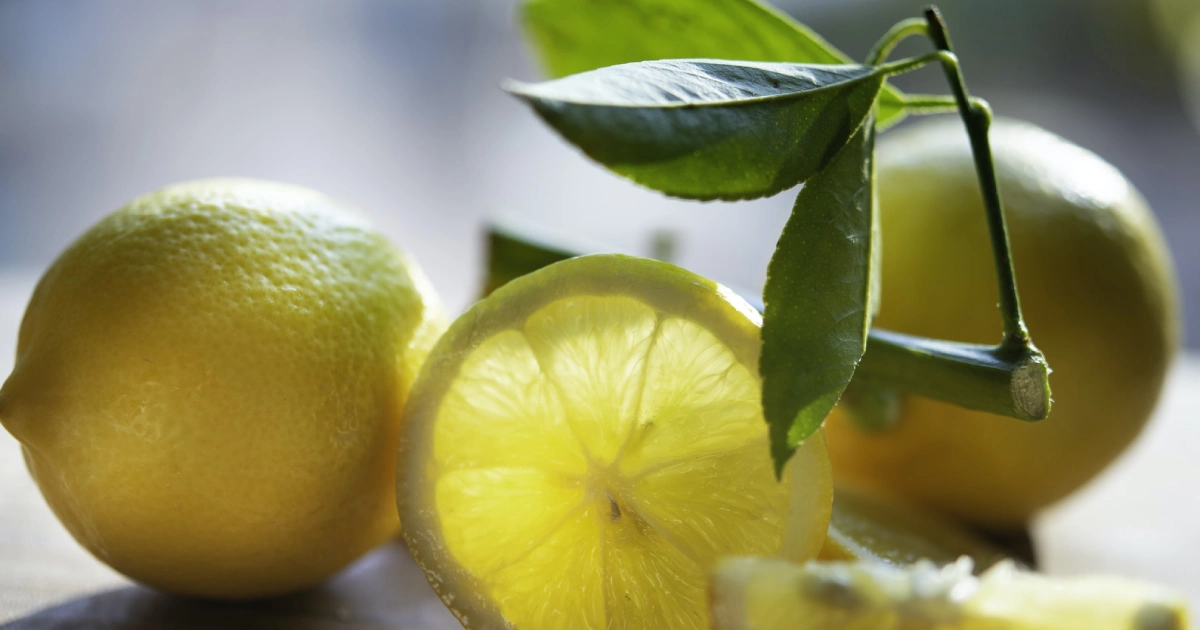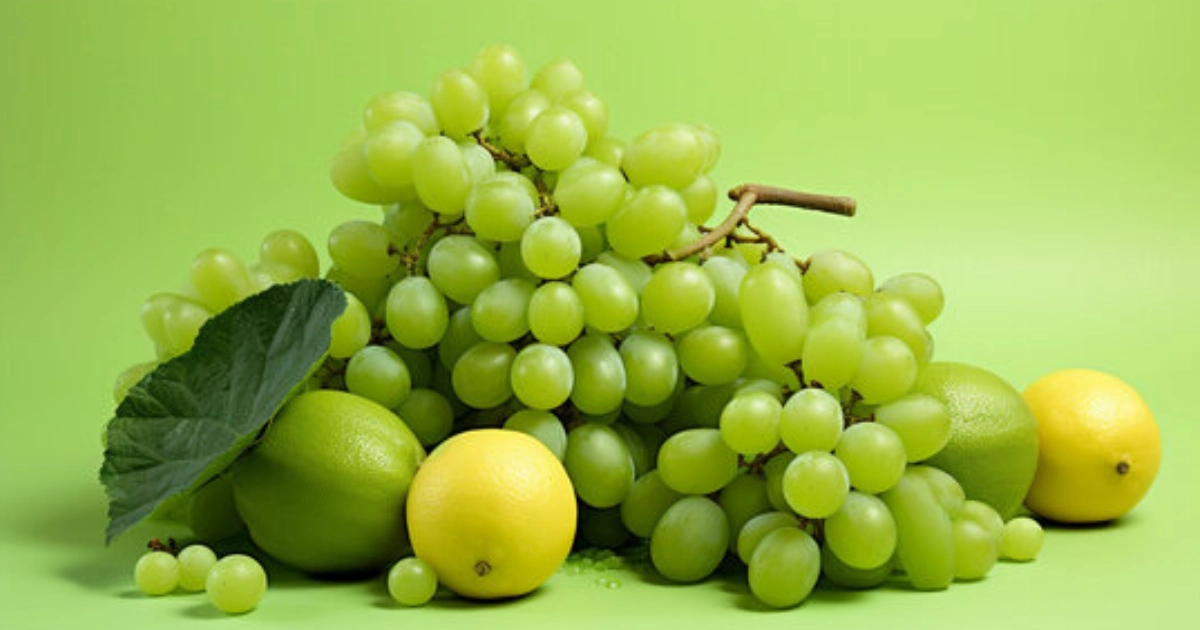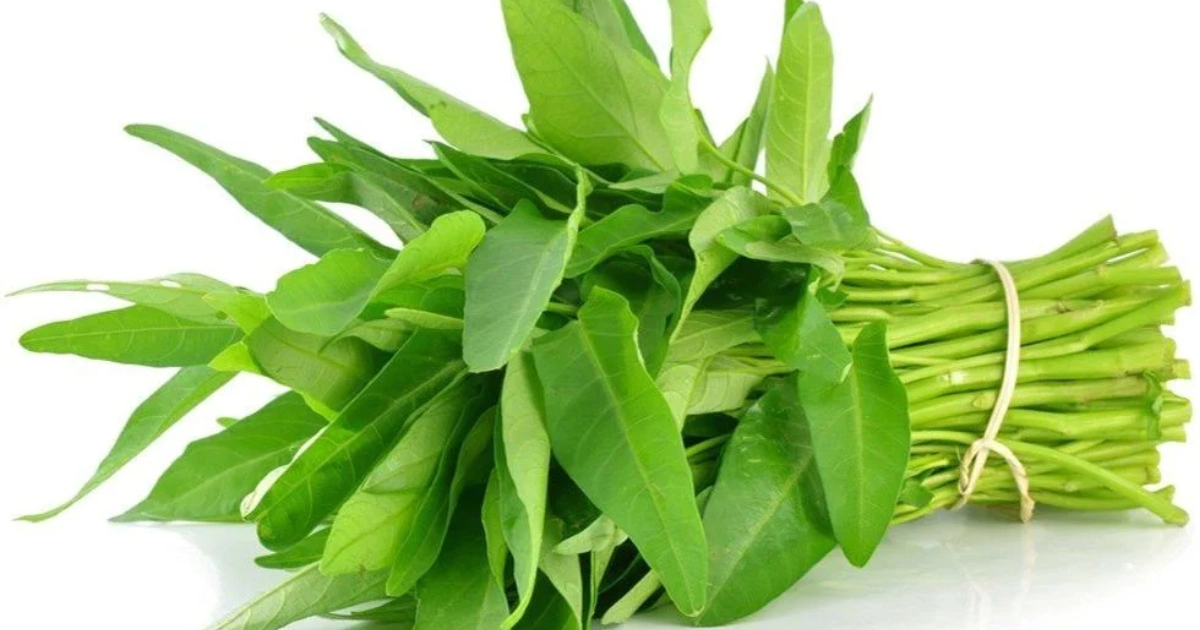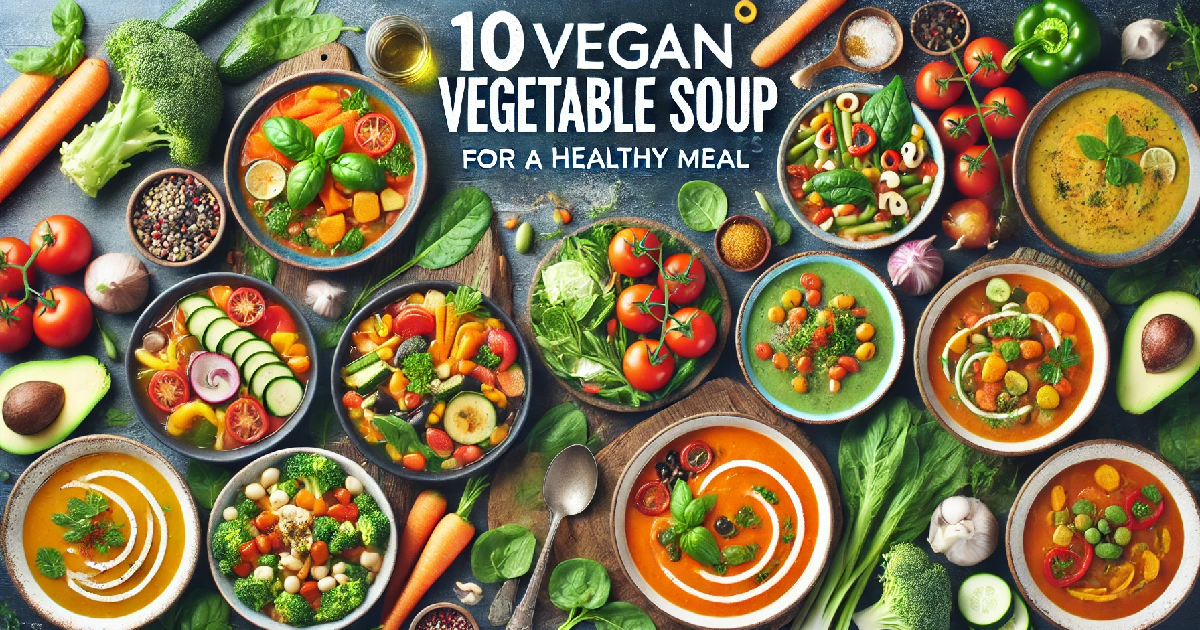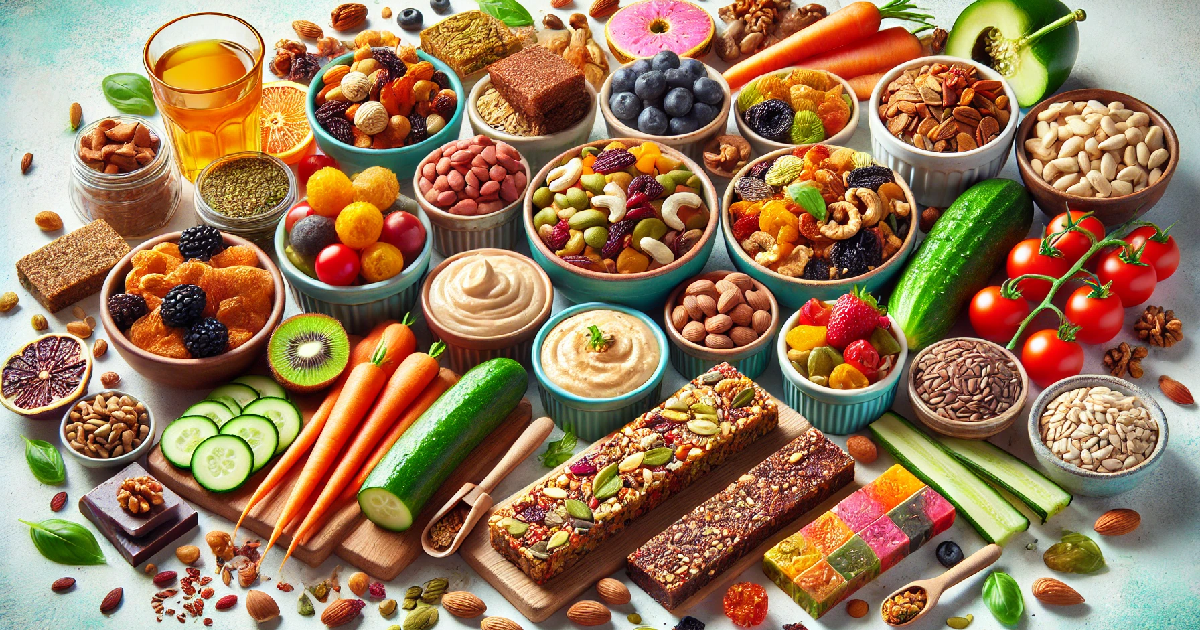Introduction
Cooking the perfect meal is an art form that balances flavour and health, yet one common slip-up—too much salt—can instantly ruin a dish. This issue is particularly critical for health-conscious cooks who strive to prepare delicious and good meals for well-being. Professional chefs often face the challenge of oversalted food but have developed various techniques to correct and prevent this culinary faux pas.
As we dive into the secrets of the culinary masters, you’ll discover how to fix over-salted dishes and enhance flavours naturally, reducing the need for excess salt. The following sections will unveil eight chef secrets that promise to refine your cooking skills and transform how you season your meals.
How Can I Make Food Less Salty?
Dilution is Key
A standard method to correct an oversalted dish is dilution. Adding more non-salty ingredients can spread the salty taste across a larger volume of food, effectively reducing its impact.
Adding Acids
Another effective technique is to introduce acids like vinegar or lemon juice into your cooking. These ingredients don’t just mask the saltiness; they chemically interact with the food to balance and brighten the flavour profile.
The Role of Sweetness
Sometimes, a pinch of sugar can be the solution to a salty disaster. Sugar doesn’t remove salt, but it can alter your perception of how salty the food tastes, creating a more balanced flavour.
Increase Bulk with Vegetables
Adding unsalted vegetables to a dish is a nutritious way to dilute excessive saltiness. Vegetables add volume and fibre and absorb some of the salt, making the dish healthier and less overwhelming on the palate.
Rinse Canned Goods
Canned goods are notorious for their high sodium content, which can reduce your dish’s flavour balance. Rinsing beans, vegetables, and other canned items with water before cooking can significantly reduce their salt content, helping you control the overall saltiness of your meal.
Alternative Seasoning Techniques to Reduce Salt Usage
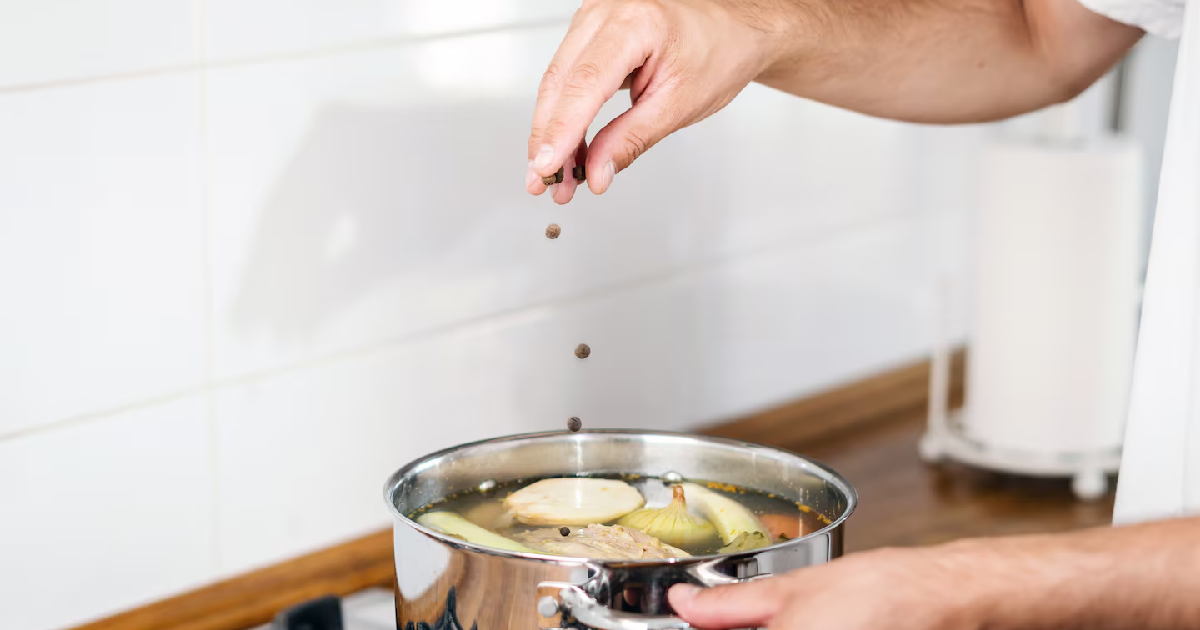
Herbs and Spices
Replacing salt with herbs and spices can dramatically improve your dishes’ flavour without adding sodium. Fresh herbs like basil, parsley, cilantro, and dill add bright, aromatic notes that enhance any meal. Cumin, coriander, paprika, and turmeric bring warmth and complexity, making your food flavorful and exciting.
Dried herbs like thyme, rosemary, and oregano are excellent substitutes for salt, providing intense flavour bursts. Experimenting with spice blends, such as curry powder or Italian seasoning, can add depth and richness to your dishes. Using these alternatives not only reduces salt intake but also introduces a variety of health benefits associated with these natural ingredients.
Aromatics and Infusions
Aromatics such as garlic, onions, and shallots are potent tools in your culinary arsenal. These ingredients can significantly enhance the flavour of your dishes without the need for extra salt. Sautéing garlic and onions until they caramelize releases their natural sweetness and umami, creating a rich base for soups, stews, and sauces.
Infusing oils with herbs, spices, and citrus zest is another way to add intense flavours without salt. For example, olive oil infused with rosemary and lemon zest can be drizzled over roasted vegetables or used as a salad dressing. These infusions provide a flavour, elevating your dishes while keeping them healthy and low in sodium.
Here’s a table summarizing some common herbs, spices, and aromatics to use as salt substitutes:
| Herb/Spice | Flavour Profile | Usage |
|---|---|---|
| Basil | Sweet, peppery | Pesto, salads, pasta |
| Parsley | Fresh, slightly bitter | Garnish, sauces, soups |
| Cumin | Warm, earthy | Curries, chili, meat rubs |
| Paprika | Sweet, smoky | Stews, roasted meats, vegetables |
| Thyme | Earthy, lemony | Roasts, stews, marinades |
| Garlic | Pungent, sweet when roasted | Sautéed dishes, sauces, dressings |
| Onion | Sweet when caramelized | Soups, stews, stir-fries |
| Lemon Zest | Bright, citrusy | Dressings, marinades, baked goods |
Fixing Over-Salted Food: Practical Tips

Potato Trick
The potato trick is one of the most commonly suggested remedies for over-salted food. This involves adding a peeled, raw potato to the pot in hopes that it will absorb some of the excess salt. However, the effectiveness of this method is widely debated among chefs and food scientists.
While a potato can absorb some liquid, it does not significantly reduce the salt content of the dish. Instead, it may slightly dilute the salty taste by absorbing some broth. For a more effective solution, consider using other dilution methods, such as adding more water, unsalted broth, or additional vegetables.
Dough Balls
Another traditional method to fix overly salted broths and stews is using dough balls. This involves dropping small balls of raw dough into the pot, allowing them to cook and potentially absorb some salt. The dough balls act like sponges, soaking up liquid and some of the salt content.
After simmering for a while, you can remove and discard the dough balls. This technique can help reduce the saltiness to some extent, but more is needed to resolve the issue altogether. It’s often used in conjunction with other methods, such as adding unsalted ingredients or increasing the volume of the dish to balance the flavours.
Here’s a comparison table summarizing the effectiveness of these methods:
| Method | Effectiveness | Best Used For |
|---|---|---|
| Potato Trick | Low to moderate | Soups, stews, broths |
| Dough Balls | Moderate | Broths, stews |
| Dilution | High | Soups, stews, sauces |
| Adding Acids | Moderate to high | Soups, sauces, marinades |
| Increasing Bulk | High | Any dish |
This table highlights that while the potato trick and dough balls have their place, dilution and increasing bulk are generally more effective strategies for reducing saltiness.
How to Adjust Recipes to Use Less Salt
Taste As You Go
One of the most effective ways to manage the salt content in your dishes is to taste as you go. This simple practice involves sampling your food at various stages of cooking to ensure the seasoning is just right. By gradually adding salt, you can better control the flavour and avoid over-salting.
Tasting as you go allows you to make adjustments and corrections early rather than at the end when it’s more challenging to fix. This approach also helps you become more attuned to the ingredients’ natural flavours, which can often reduce the need for excessive salt. It’s a technique that professional chefs swear by, ensuring a balanced and well-seasoned final product.
Salt Substitutes
Using salt substitutes can be a valuable strategy for reducing sodium intake. Potassium chloride is a popular alternative, providing a similar salty taste without the same health risks associated with sodium. It’s beneficial for people with high blood pressure or those looking to cut back on sodium for other health reasons.
Natural salt substitutes include nutritional yeast, which adds a savoury, umami flavour, and various spice blends specifically designed to replace salt. These blends often combine herbs, spices, and dried vegetables to enhance flavour without relying on sodium. Experimenting with different salt substitutes can help you find the right balance for your taste preferences and health goals.
Here’s a comparison table of common salt substitutes and their characteristics:
| Substitute | Flavor Profile | Best Used For |
|---|---|---|
| Potassium Chloride | Similar to salt, slightly bitter | General seasoning, cooking |
| Nutritional Yeast | Savory, umami | Soups, sauces, salads |
| Herb Blends | Varies (basil, oregano, thyme) | Pasta, grilled meats, vegetables |
| Spice Blends | Varies (cumin, paprika) | Curries, stews, roasted dishes |
| Lemon Juice | Tart, citrusy | Marinades, dressings, seafood |
This table highlights how each substitute can be used effectively in different dishes, offering a versatile approach to reducing salt without sacrificing flavour.
How Do You Fix Over Salted Food?
Use Dilution
One of the most straightforward methods to fix over-salted food is dilution. Adding water, broth, or other unsalted liquids can effectively spread the saltiness across a larger volume, reducing its concentration. This method works particularly well for soups, stews, and sauces, where adding more liquid will maintain the dish’s integrity.
Dilution not only lessens the saltiness but also provides an opportunity to enhance the overall flavour. For example, adding a low-sodium broth can introduce new layers of taste, balancing out the excess salt while enriching the dish.
Add Unsalted Ingredients
Another effective strategy is to incorporate more unsalted ingredients into your dish. Adding vegetables, meats, or grains can increase the overall volume, distributing the salt more evenly. This approach is ideal for casseroles, stir-fries, and salads.
For instance, if a vegetable soup is too salty, adding more unsalted vegetables like potatoes, carrots, or beans can absorb some excess salt. Similarly, adding grains such as rice or quinoa can help dilute the saltiness while making the dish more substantial.
Incorporate Dairy
Dairy products are excellent at melling salty flavours due to their fat content. Adding milk, cream, yoghurt, or cheese can smooth out the saltiness, creating a more balanced and creamy texture. This method is particularly useful in creamy soups, sauces, and baked dishes.
For example, if a pasta sauce is too salty, stirring in some heavy cream or a dollop of yoghurt can help mitigate the saltiness. The fat in the dairy helps to coat your palate, reducing the perceived intensity of the salt.
Sweet and Sour Balancing
Another effective technique is balancing the salty taste with sweet and sour elements. Adding sugar or a splash of vinegar can counteract the excessive saltiness by creating a more complex flavour profile. This method works well in sauces, marinades, and stir-fries.
For example, if a stir-fry is too salty, adding a teaspoon of sugar or a tablespoon of vinegar can balance the flavours. The sugar’s sweetness and the vinegar’s acidity help neutralize the salt, making the dish more palatable.
Here’s a table summarizing the methods to fix over-salted food:
| Method | Ingredients | Best Used For |
|---|---|---|
| Dilution | Water, low-sodium broth | Soups, stews, sauces |
| Add Unsalted Ingredients | Vegetables, meats, grains | Casseroles, stir-fries, salads |
| Incorporate Dairy | Milk, cream, yogurt, cheese | Creamy soups, sauces, bakes |
| Sweet and Sour Balancing | Sugar, vinegar | Sauces, marinades, stir-fries |
This table highlights the versatility of each method and the types of dishes where they are most effective.
How Do You Reduce the Taste of Salt in Cooking?

Balance with Acidity
Acidity is a powerful tool in balancing overly salty dishes. Ingredients like lemon juice, vinegar, or even tomatoes can cut through the saltiness, providing a bright, tangy contrast that enhances the overall flavour. The acidity interacts with the salt, making it less prominent on your palate.
Using acidic components is particularly effective in sauces, soups, and dressings. For instance, a splash of lemon juice in a salty soup can create a more balanced, nuanced taste. Vinegar works well in marinades and salad dressings, helping to offset any excessive saltiness.
Use Sweeteners
Sweeteners such as sugar or honey can also help to reduce the perception of saltiness. A slight sweetness can counterbalance the salt, creating a more harmonious flavour profile. This technique is commonly used in Asian cooking, where the balance of sweet, salty, sour, and umami is crucial.
For example, adding a teaspoon of sugar to a salty stir-fry can mellow out the salt and enhance the dish’s overall taste. Similarly, a drizzle of honey in a salty sauce can provide a subtle sweetness that makes the saltiness less pronounced.
Introduce Fat
Fats like butter, cream, or olive oil can smooth out the harshness of too much salt. The fat coats your taste buds, reducing the sharpness of the salt and adding a rich, creamy texture to the dish. This method is especially useful in creamy soups, pasta sauces, and baked dishes.
For instance, adding butter to a salty sauce can make it taste more decadent and less salty. Cream or coconut milk can be added to soups and curries to balance the saltiness while adding depth and creaminess to the flavour.
Serve with Low-Sodium Sides
Pairing a salty dish with low-sodium sides like rice, bread, or steamed vegetables can help balance the meal. These sides absorb some saltiness, creating a more balanced dining experience. This approach is simple yet effective, making the meal enjoyable without altering the main dish.
For example, serving a salty stew with plain rice or quinoa can dilute the saltiness. Similarly, pairing a salty main course with a fresh salad or steamed vegetables can help offset the intense flavours.
Here’s a table summarizing the methods to reduce the taste of salt in cooking:
| Method | Ingredients | Best Used For |
|---|---|---|
| Balance with Acidity | Lemon juice, vinegar, tomatoes | Sauces, soups, dressings |
| Use Sweeteners | Sugar, honey | Stir-fries, sauces, marinades |
| Introduce Fat | Butter, cream, olive oil | Creamy soups, pasta sauces, bakes |
| Serve with Low-Sodium Sides | Rice, bread, steamed vegetables | Stews, main courses |
This table highlights the versatility of each method and the types of dishes where they are most effective.
How to Fix Too Much Salt in Stew?

Potato Absorption
The potato absorption trick is a well-known remedy for over-salted stews. The idea is that adding a peeled, raw potato to the stew will absorb some of the excess salt. However, the effectiveness of this method is debated.
While potatoes absorb some liquid, they do not significantly reduce the salt concentration. Instead, they might slightly dilute the overall saltiness by adding bulk. Combining this method with other techniques can yield better results and provide a more reliable solution.
Add Bulk with Vegetables
Adding extra vegetables to your stew is a practical way to dilute the saltiness. Vegetables like carrots, celery, and potatoes increase the volume and soak up some of the salt, distributing it more evenly throughout the dish.
This method works well because vegetables have a mild flavour that complements most stews. Additionally, they add nutritional value and enhance the overall texture and taste of the dish. Chopping them into larger chunks can help them absorb more of the salty liquid.
Incorporate Unsalted Broth
Another effective way to reduce salt concentration in a stew is by adding unsalted broth. Increasing the liquid volume with a low-sodium or unsalted broth can balance the flavours and make the saltiness less intense.
Using unsalted broth is beneficial because it maintains the stew’s consistency and flavour profile. This method is helpful if the stew has thickened too much. Adding broth can restore the desired texture while mitigating the saltiness.
Creamy Solutions
Incorporating dairy products like cream or milk into your stew can help balance the salty flavours. The fat content in dairy products smooths out the harshness of the salt, creating a richer and more balanced taste.
For example, adding a splash of heavy cream or a dollop of sour cream can transform a salty stew into a creamy delight. Coconut milk is an excellent alternative for a non-dairy option, providing a subtle sweetness and creamy texture that can offset the saltiness.
Here’s a table summarizing the methods to fix too much salt in stew:
| Method | Ingredients | Best Used For |
|---|---|---|
| Potato Absorption | Raw, peeled potato | Stews, soups |
| Add Bulk with Vegetables | Carrots, celery, potatoes | Stews, soups |
| Incorporate Unsalted Broth | Low-sodium broth, water | Stews, soups |
| Creamy Solutions | Cream, milk, coconut milk | Creamy stews, bisques |
This table highlights the versatility of each method and the types of dishes where they are most effective.
What Can You Eat to Neutralize Salt?
Pair with Starchy Foods
Starchy foods are excellent at neutralizing salty flavours. Ingredients like rice, potatoes, and bread can absorb some of the excess salt and balance the overall taste of your meal. These foods are bland on their own, allowing them to effectively counteract your main dish’s saltiness effectively.
For instance, serving a salty curry with plain rice can help dilute the intense flavours. Similarly, adding potatoes to a salty stew or enjoying a piece of bread alongside a salty soup can make the meal more palatable. Starchy foods act as a sponge, soaking up the excess salt and providing a neutral base.
Fresh Vegetables and Fruits
Fresh vegetables and fruits can also help balance out salty dishes. Their natural water content and mild flavours contrast with their saltiness, creating a more harmonious taste. Vegetables like cucumbers, lettuce, and tomatoes are particularly effective, as they are high in water content and can easily be added to most meals.
Fruits like apples, pears, and melons can also provide a sweet contrast to salty dishes. For example, a fresh salad with cucumber and tomatoes or a fruit salad with apples and grapes can complement a salty main course. These ingredients’ natural sweetness and acidity can help neutralize the salty flavours.
Dairy Products
Dairy products such as yoghurt, cheese, and milk can help mitigate the effects of too much salt. The fat and protein in dairy products coat the tongue, reducing the perception of saltiness. Yoghurt and milk are particularly effective due to their creamy texture and slight acidity.
For example, pairing a salty dish with plain yoghurt or a glass of milk can help balance the flavours. Cheese, especially low-sodium varieties, can also complement and soften a meal’s saltiness. These dairy products provide a cooling effect and enhance the overall taste.
Hydrate with Water
Staying hydrated by drinking plenty of water is crucial when consuming salty foods. Water helps flush out excess sodium from your body and can reduce the intensity of salty flavours. Sipping water during meals can also help cleanse your palate and balance flavours.
In addition to drinking water, consuming water-rich foods like cucumbers, watermelon, and oranges can aid in hydration. These foods help neutralize salt and provide essential nutrients and hydration, making your meal healthier and more enjoyable.
Here’s a table summarizing the foods that can help neutralize salt:
| Method | Ingredients | Best Used For |
|---|---|---|
| Pair with Starchy Foods | Rice, potatoes, bread | Curries, stews, soups |
| Fresh Vegetables and Fruits | Cucumbers, tomatoes, apples, pears | Salads, side dishes, snacks |
| Dairy Products | Yogurt, cheese, milk | Main dishes, side dishes |
| Hydrate with Water | Water, water-rich foods (cucumber, watermelon) | All meals, snacks |
This table highlights the versatility of each method and the types of dishes where they are most effective.
Conclusion
In conclusion, reducing the saltiness in your cooking is both an art and a science. We’ve explored various methods to help you balance flavours and maintain the deliciousness of your dishes. Each technique offers unique benefits, from dilution and adding acids to using herbs, spices, and salt substitutes.
Experimentation is critical to finding what works best for you. Feel free to try different combinations and approaches to see how they impact the overall taste of your meals. The goal is to create flavorful, enjoyable dishes without relying heavily on salt.
We encourage you to share your experiences and tips for reducing salt in your cooking. We can all learn new ways to enjoy healthier, more flavorful meals by exchanging ideas and insights. Your feedback and creativity are invaluable, and we look forward to hearing how these chef secrets have helped you in the kitchen.
FAQs: Frequently Asked Questions
1. What to do if you add too much salt?
If you’ve added too much salt, there are several methods you can use to fix it. Diluting the dish with water or unsalted broth or adding more ingredients can help balance the flavours. Incorporating dairy products, such as milk or cream, can also mellow out the saltiness. Adding a touch of acidity with vinegar or lemon juice can further help neutralize the excess salt.
2. How do you make meat less salty after cooking?
To make meat less salty after cooking, try rinsing the meat under cold water to remove some surface salt. If the meat is part of a dish, you can add unsalted ingredients like vegetables or grains to dilute the saltiness. Serving the meat with a low-sodium side, such as plain rice or a fresh salad, can also help balance the flavours.
3. What can I do if my soup is too salty?
Adding more liquid, such as water or unsalted broth, can help dilute the saltiness if your soup is too salty. You can add more vegetables or grains to increase the volume and distribute the salt. A splash of vinegar or lemon juice can balance the flavours, and a small amount of sugar can help offset the salty taste.
4. Home remedies for too much salt in food?
Home remedies for fixing too much salt in food include adding more unsalted ingredients like vegetables, grains, or meats. Diluting the dish with water or unsalted broth is another effective method. Dairy products like milk, cream, or yoghurt can help mellow the saltiness. A touch of vinegar or lemon juice can also help balance the flavours.
5. Too much salt in stew how to fix?
To fix a stew that is too salty, add more unsalted broth or water to dilute the saltiness. Adding vegetables or potatoes can also help absorb some excess salt. Incorporating a small amount of cream or yoghurt can further balance the flavours, and a touch of sugar can help counteract the salty taste.
6. How to fix too much salt in sauce?
To fix a too-salty sauce, you can dilute it with water, unsalted broth, or additional sauce ingredients. Adding a bit of cream, milk, or yoghurt can help mellow out the saltiness. A splash of vinegar or lemon juice can balance the flavours, and a pinch of sugar can help offset the salty taste.
7. Too much salt in food side effects?
Too much salt can have several side effects, including increased blood pressure, dehydration, and bloating. High salt intake can also strain kidneys and contribute to the development of heart disease and stroke. Reducing salt intake and balancing it with other flavours can help mitigate these risks.


